Entry Type: Event
 Grant Visit to Little Rock
Grant Visit to Little Rock
Graves, Levi (Lynching of)
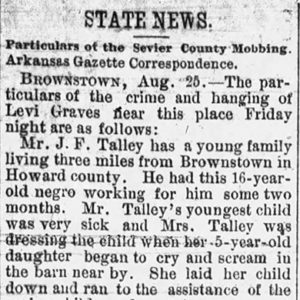 Levi Graves Lynching Article
Levi Graves Lynching Article
Great Migration
Great Southwestern Strike
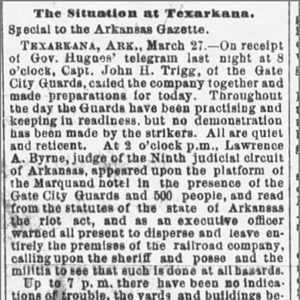 Great Southwestern Strike Article
Great Southwestern Strike Article
 Greek Folk Dancing
Greek Folk Dancing
 Greek Costumes
Greek Costumes
 Greek Food
Greek Food
Greek Food Festival
aka: International Greek Food Festival
Green (Lynching of)
 Green Forest Tornado
Green Forest Tornado
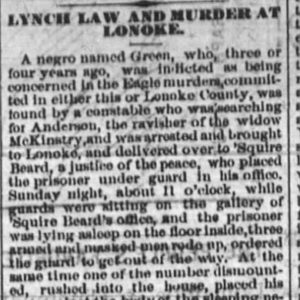 Green Lynching Article
Green Lynching Article
Green, Crane (Lynching of)
Greene’s Operations on the West Bank of the Mississippi River
Greensboro to Helena, Expedition from
Greenwood Tornado of 1968
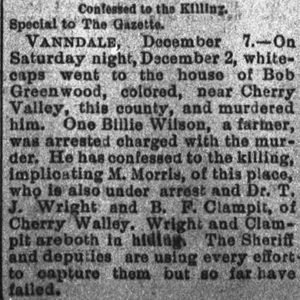 Bob Greenwood Lynching Article
Bob Greenwood Lynching Article
Greenwood, Bob (Lynching of)
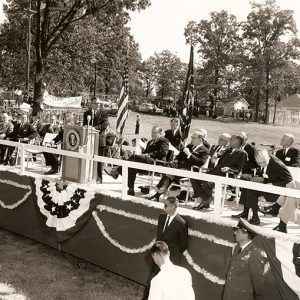 Wilbur Mills at Greers Ferry Dam
Wilbur Mills at Greers Ferry Dam
 Mike Beebe at Greers Ferry
Mike Beebe at Greers Ferry
 Bill Clinton at Greers Ferry
Bill Clinton at Greers Ferry
 Faubus Speech at Greers Ferry
Faubus Speech at Greers Ferry
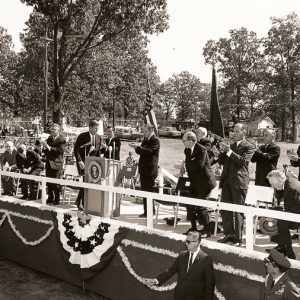 Kennedy Speech at Greers Ferry
Kennedy Speech at Greers Ferry
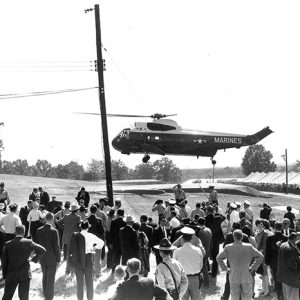 President Kennedy's Arrival at Greers Ferry
President Kennedy's Arrival at Greers Ferry
 Greers Ferry Dam Dedication
Greers Ferry Dam Dedication
 Greers Ferry Dam Dedication Program
Greers Ferry Dam Dedication Program
 Greers Ferry Lake Filling
Greers Ferry Lake Filling
Gridiron
Guerilla Execution of 1864 (Little Rock)
Guerrilla Executions of 1864 (Fort Smith)
Gulnare and Westwood, Collision of
Hadley, Nat (Reported Lynching of)
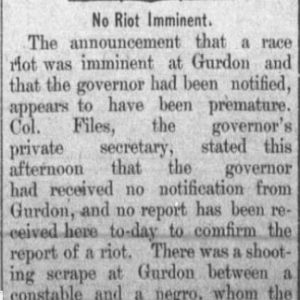 Nat Hadley Lynching Article
Nat Hadley Lynching Article
Haguewood Prairie, Skirmish at
Hahn’s Farm, Skirmish at
aka: Skirmish at Waldron
 Haley Lynching Article
Haley Lynching Article
Haley, Loy (Lynching of)
Halfway House, Skirmish near the
Hall, Frank (Execution of)
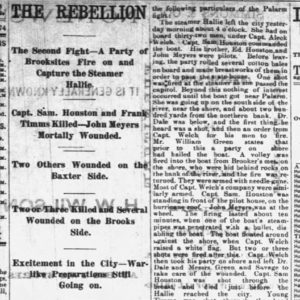 Hallie Steamboat Article
Hallie Steamboat Article
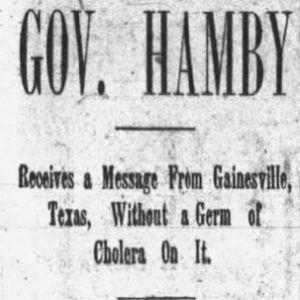 Hamby Cholera Concern
Hamby Cholera Concern
Hamilton and Ludberry (Lynching of)
Hamilton, Henry (Reported Lynching of)
 Hampton Lynching Article
Hampton Lynching Article
Hampton Lynching of 1872
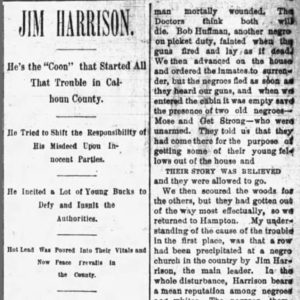 Hampton Race War Article
Hampton Race War Article
Hampton Race War of 1892
aka: Calhoun County Race War of 1892
 Happy Hollow Tourists
Happy Hollow Tourists




